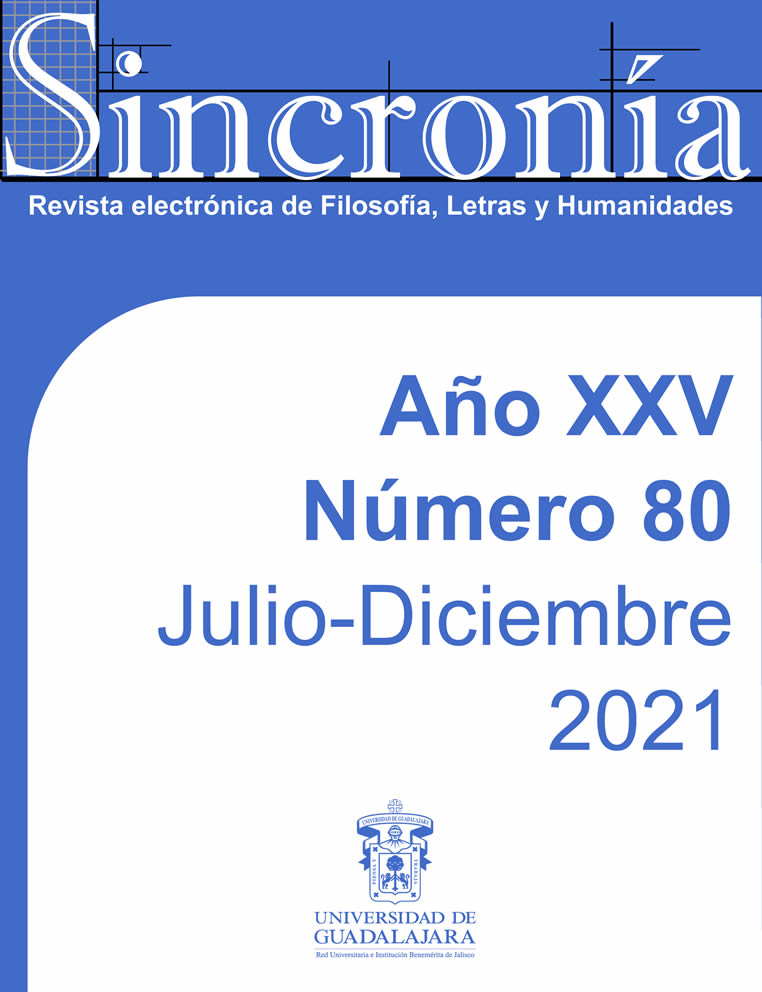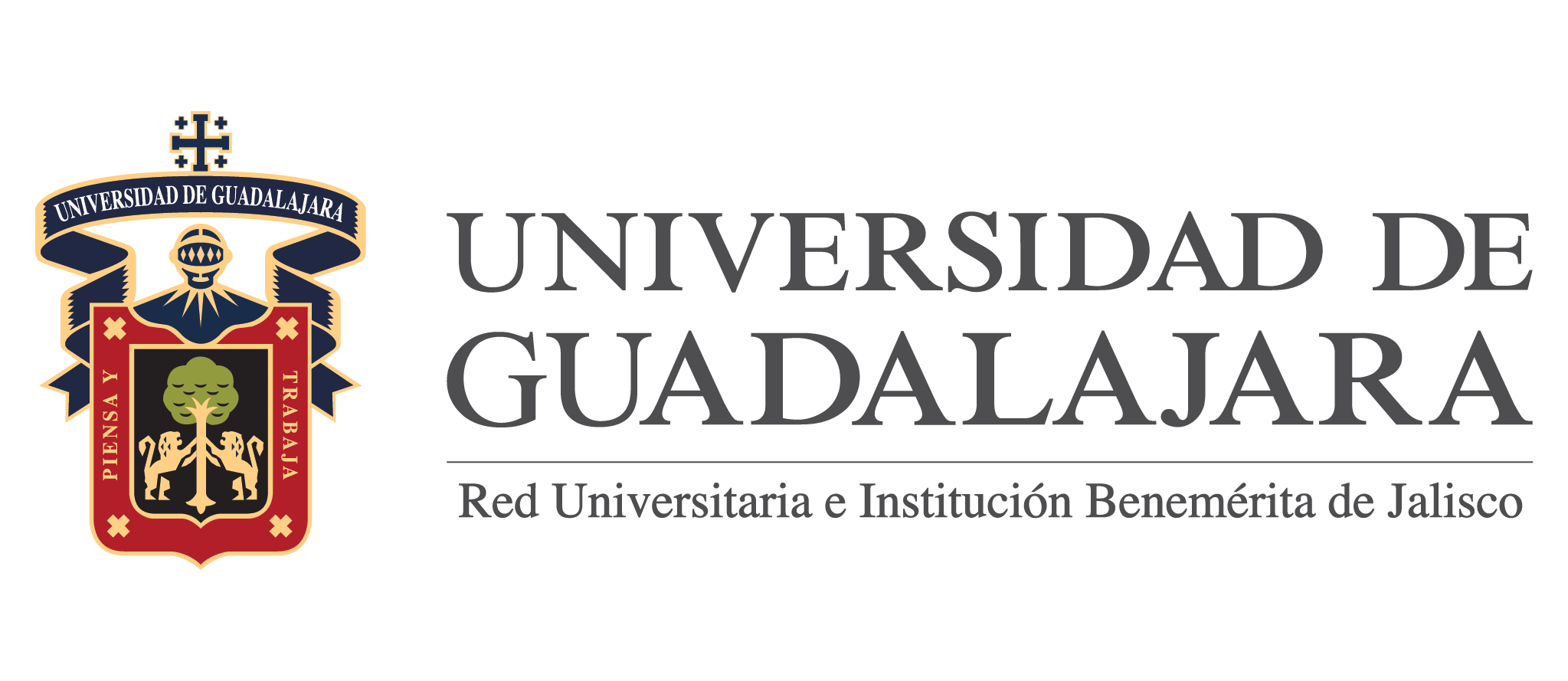The media, the spectator and the narrative: Subtle powers.
Keywords:
Power, Media, Politics, AestheticsAbstract
Since the proliferation of the mass media, society has experienced drastical changes, one of them in regards of power. In this essay I analize the power relationships between the mass media and their spectators, as well as their mechanisms and consecuences. I sustain that this mechanism is the narrative understood as a way of deliberately choosing information with the purpose to provide aesthetic feelings to the events on the world. This manipulation of reality generates a power relation as far as the citizen lacks alternative ways of knowing complex social realities, generating an information monopoly, information that can be manipulated both in its content (facts) and in its form (narrative) to show the spectator something that is not always the case. This would generate changes in public opinion which could be easily instrumentalized.
Downloads
References
Aristóteles. (1982). Política. Ciudad de México: Cumbre.
Horkheimer, M., & Adorno, T. W. (2003). Dialéctica de la ilustración. Madrid: Trotta.
Montesquieu. (2015). Del espiritu de las leyes. Madrid, España: Alianza.
Ortega y Gasset, J. (2012). La rebelión de las masas. Madrid, España: Gredos.
Rousseau, J. (1985). El contrato social. Madrid, España: Sarpe.
Sartori, G. (1998). Homo videns: La sociedad teledirigida. Buenos Aires: Taurus.
Downloads
Published
How to Cite
Issue
Section
License
Copyright (c) 2021 Sergio Carlos Ramírez Amador

This work is licensed under a Creative Commons Attribution-NonCommercial 4.0 International License.
You are free to:
- Share — copy and redistribute the material in any medium or format
- Adapt — remix, transform, and build upon the material
- The licensor cannot revoke these freedoms as long as you follow the license terms.
Under the following terms:
- Attribution — You must give appropriate credit , provide a link to the license, and indicate if changes were made . You may do so in any reasonable manner, but not in any way that suggests the licensor endorses you or your use.
- NonCommercial — You may not use the material for commercial purposes .
- No additional restrictions — You may not apply legal terms or technological measures that legally restrict others from doing anything the license permits.



























